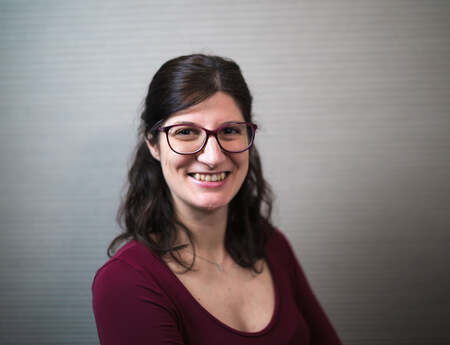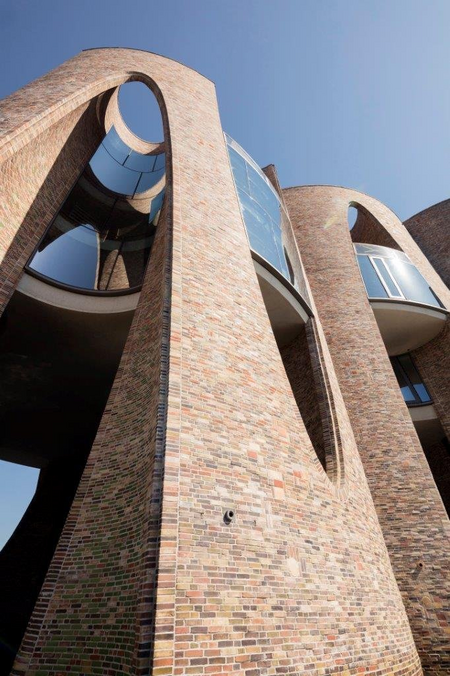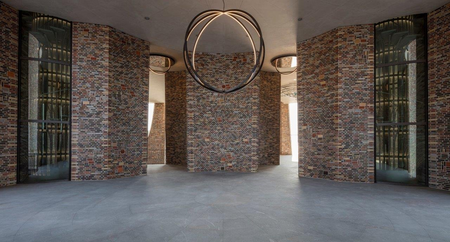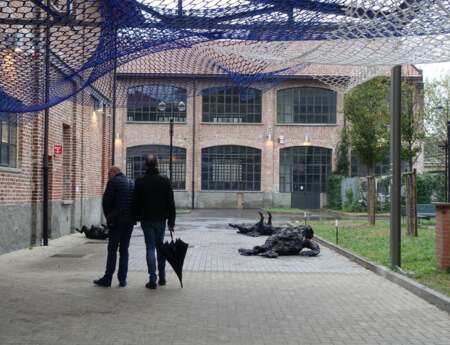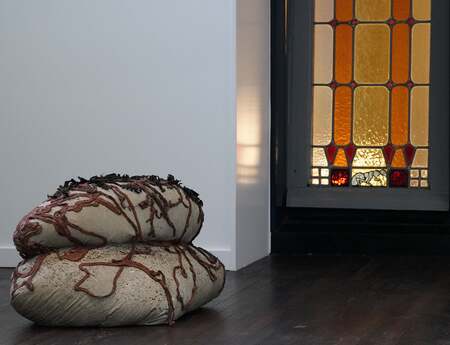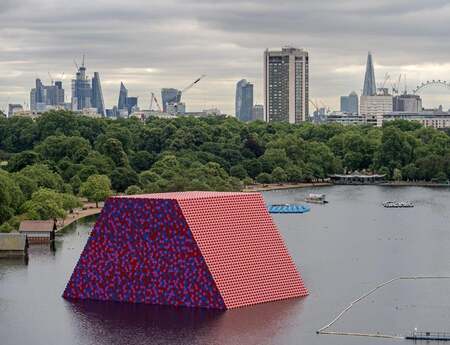Olafur Eliasson's "Fjordenhus"
Olafur Eliasson first permanent building opened in Vejle, Denmark
Until 1995 when he moved to Berlin and founded his famous Studio, Olafur Eliasson lived in Denmark where he studied from 1989 to 1995 at the Royal Danish Academy of Fine Arts.
For his last projected he went back to his roots for designing – together with the architectural team at Studio Olafur Eliasson, his first building "Fjordenhus". The builing (Danish for Fjord House) is the new headquarter of KIRK KAPITAL and has been built on behalf of the Kirk Johansen family. If you are not from Denmark you might not be familiar with this name but surely you know the Lego. The Johansens are the owners of this worldwide known toy manufacturer and since 2007 of KIRK KAPITAL, an investment company. In 2009 they commissioned their headquarter in Vejle Fjord (Jutland) to Eliasson; the building phase started in 2013 and it inaugurated on June, 9.
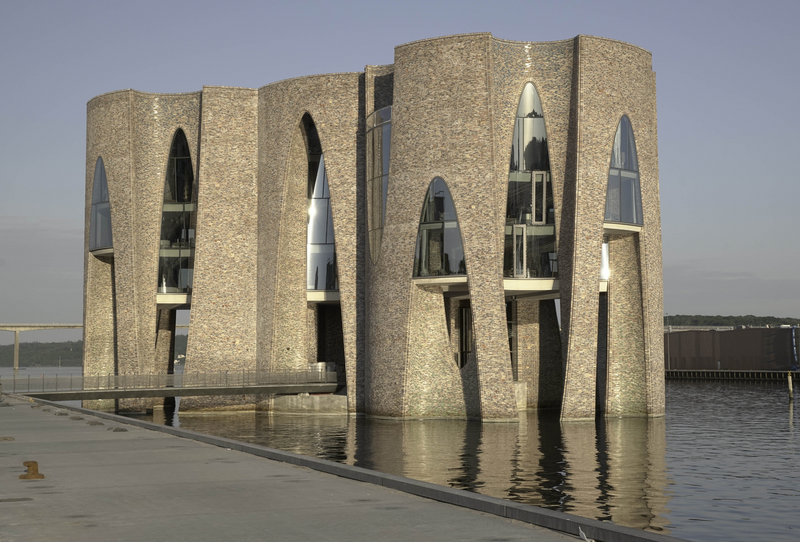
The location is by itself special: Fjordenhus stands in the water alongside the Harbour Island, a man-made island that was developed in response to a concept by Vejle Municipality to revitalise the harbour area.
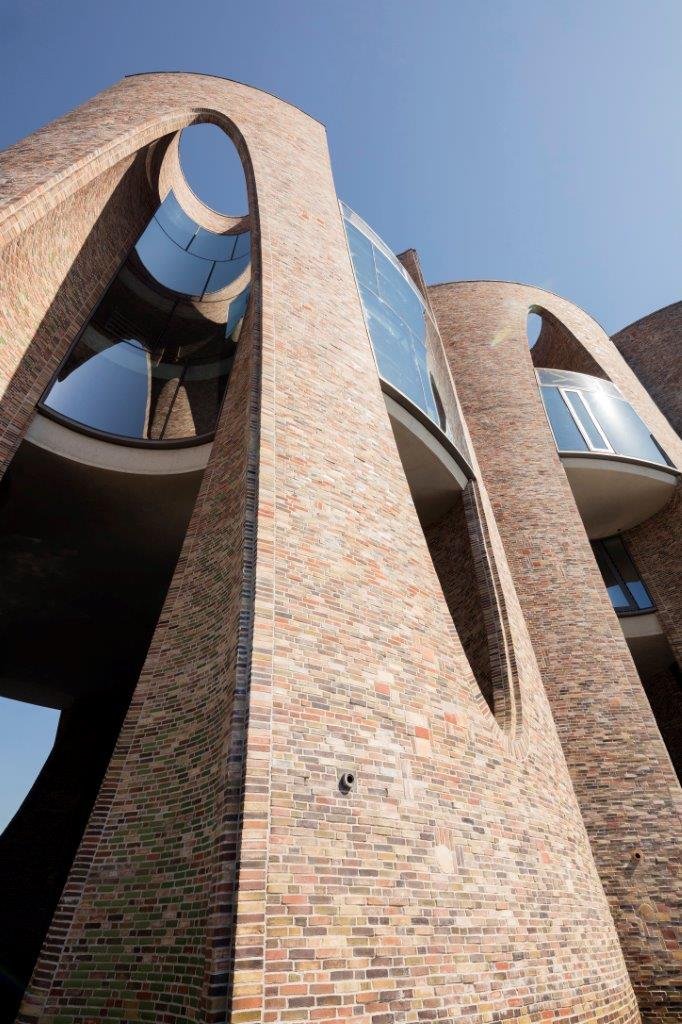
2009-2018. Vejle, Denmark. Client: Kirk Kapital.
The 28 metre high building accessible by foot appears as the focal point: set against the backdrop of the fjord rising out of the water it has the Vejle Fjord Bridge in the background.
Formed by four intersecting cylinders, Olafur Eliasson has created a design of a building consisting purely of elipse and circle shapes and created an extraordinary architectural statement of complex curved, circular, and elliptical forms.
But that’s not all. Eliasson and his studio conceived a total work of art designing also the windows, carpets, lighting system, furniture and six built-in art works. These installations span the publically-accessible water spaces and ground floor of Fjordenhus, as well as the other floors within.
One of this is Fjordhvirvel, a central piece in this body of artworks, draws in the viewer while also drawing attention to the water and weather that encircle Fjordenhus.
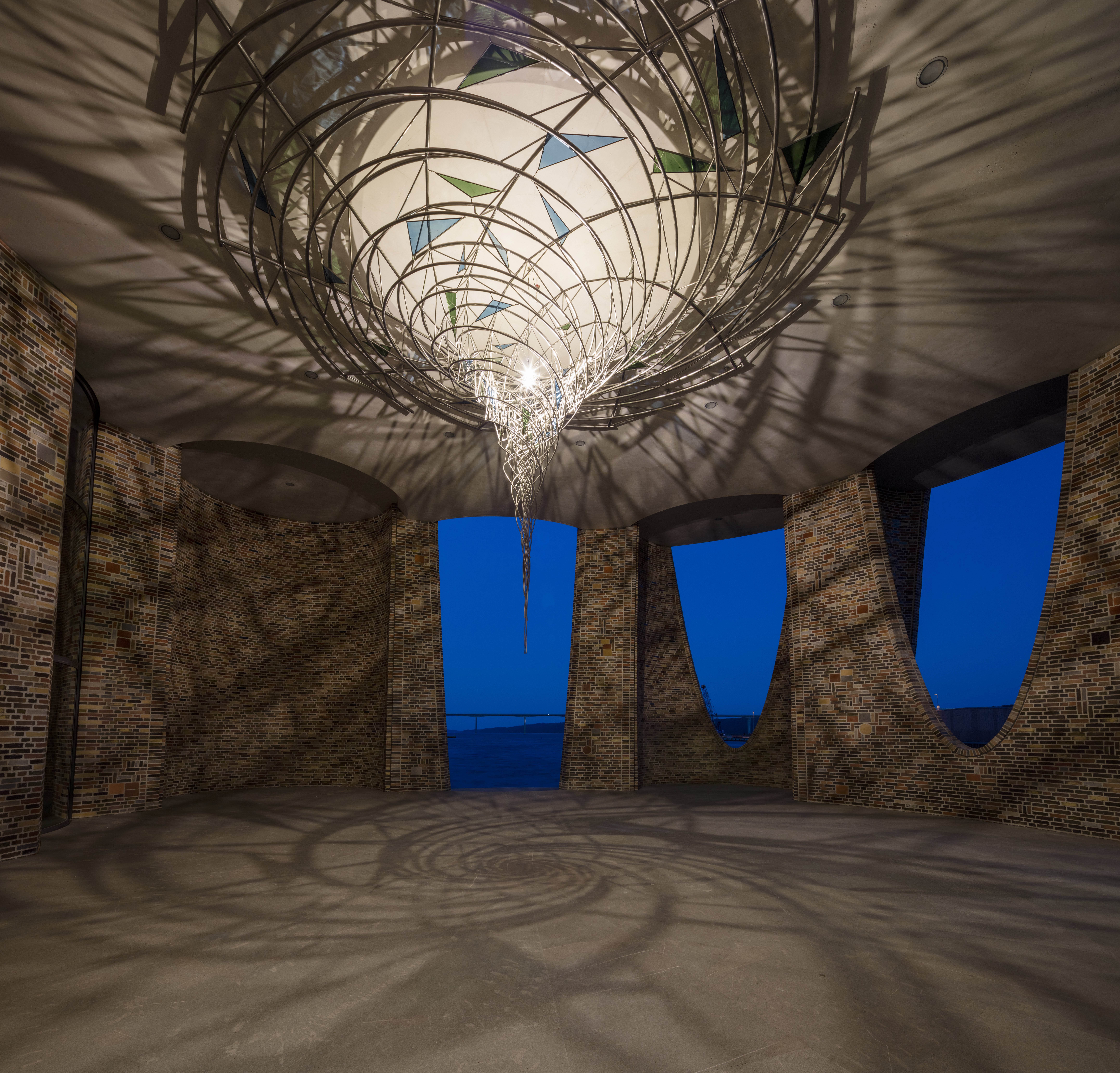
Another one is Meridian, a sculpture formed by three luminous, intersecting brass rings, it is suspended from the ceiling of Fjordenhus’s entry foyer. The rings’ inner-facing surfaces are made of white acrylic glass and brightly lit from within, illuminating both the structure itself and its surroundings.
All the pieces, enmeshed with the architecture, further the synthesis of water and light in Fjordenhus, a total work of art whose ground floor is open to the public.


